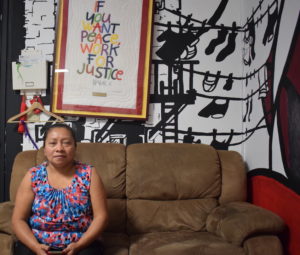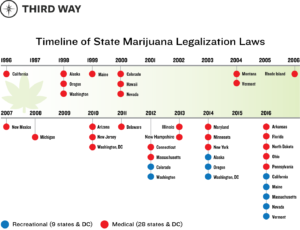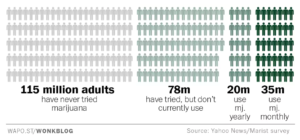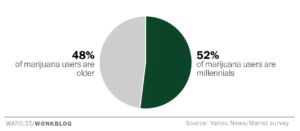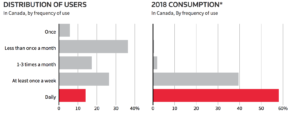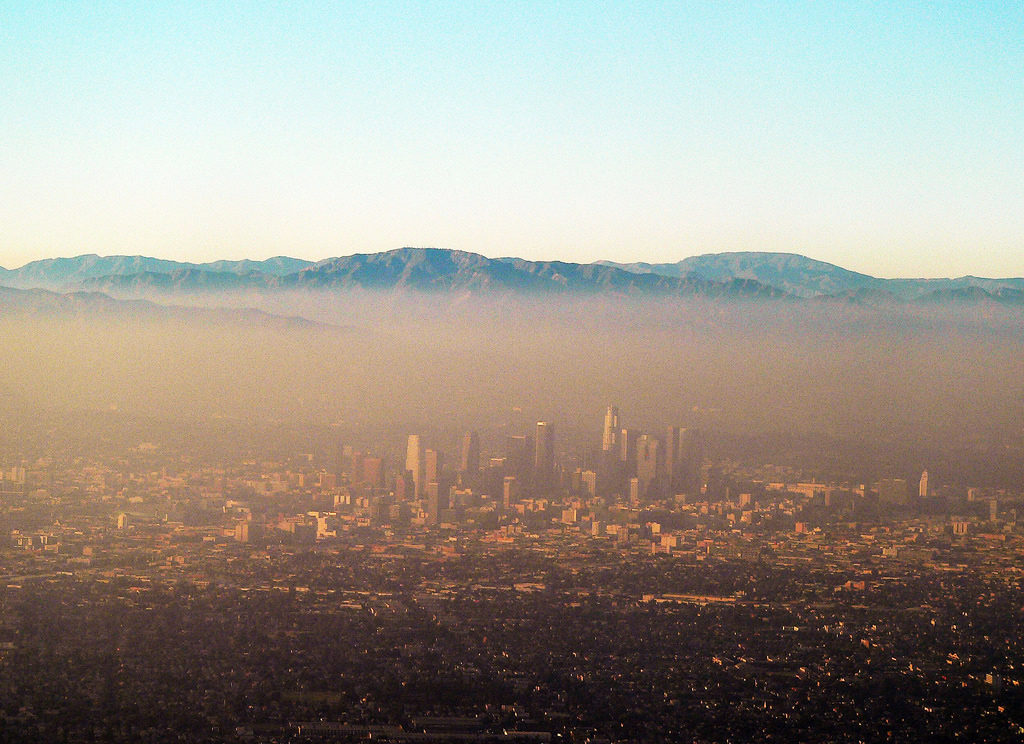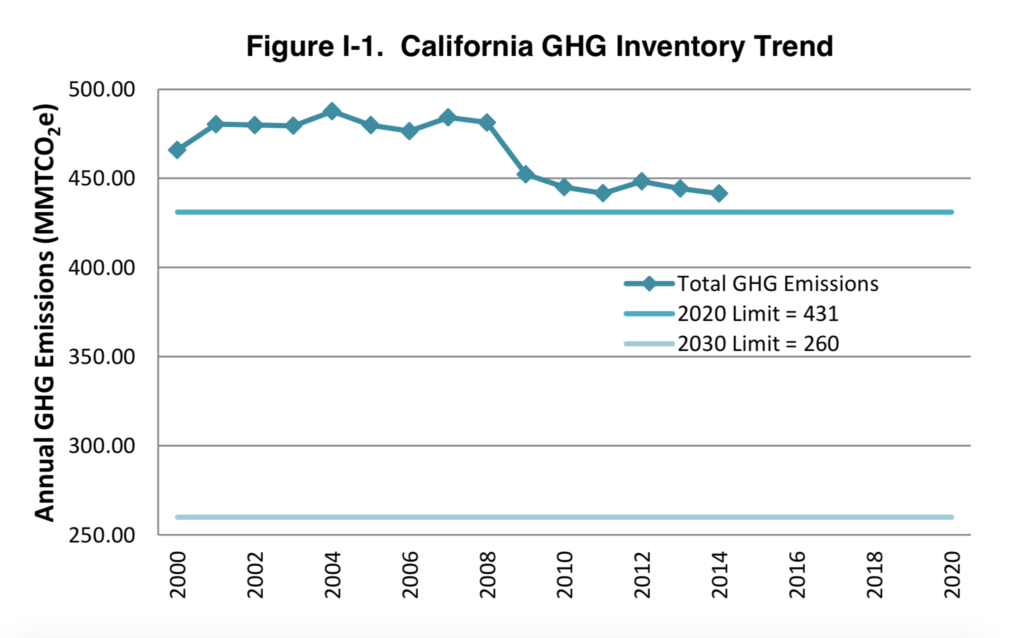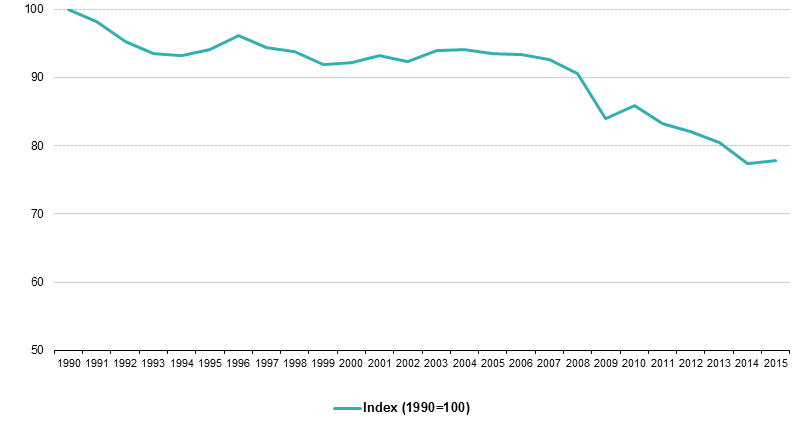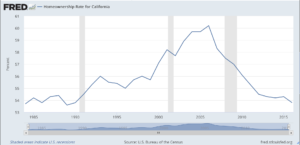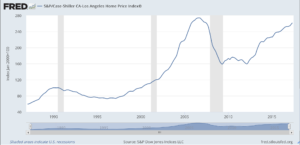Lured by the promise of a restaurant job paying $1,000 a month, Yeni Dewi travelled to the United States on a tourist visa in 2013. Once here, she realized she had been trafficked. She was forced to work as a domestic help at a house in Sherman Oaks near Santa Monica. She worked 18 hours daily and was paid $200 every 35-38 days. She managed to escape after a couple of years and has been a garment worker ever since.
Currently she works at a garment manufacturing factory near the intersection of Wall Street and 8th Street on the outskirts of the Fashion District in downtown L.A. Dewi said that the factory is a supplier for Fashion Nova. But she earns around $300-$350 per month even though she works for at least 40 hours every week.
“I don’t like the situation…but I have no other choice,” said Dewi, who is mother to a daughter here and a son who lives back home Indonesia with his grandmother.
According to a report by CIT Group Inc. and the California Fashion Association, the fashion industry in Los Angeles generates at least $18 billion in revenue. However, behind the world of mass-produced garments from fast fashion brands like Zara, Forever 21 and Fashion Nova, lies an underbelly of exploited workers receiving less than minimum wage and working in sweatshop conditions.
The minimum wage in the City of Los Angeles is presently $12 or $13.25 an hour, depending on the size of the business. According to the first quarterly report of 2018 of the California Employment Development Department, the hourly median wage of a worker in the garment and textile industry was $11.81. Despite state law mandating that all garment workers must be paid at least the minimum wage, many say that they don’t even get half of the designated amount.
“We are earning like $5 an hour right now, when every year it [the minimum wage] rises up to $12, $13 and so on,” she said. “In L.A, the minimum wage rises every year, but the piece rate never rises.”
According to the piece rate, each garment worker is paid around 70 cents for each “operation” like stitching the sleeves to the main body of a dress or joining the two sides of a shirt. Dewi said the total amount earned by a worker per garment depends on the style, but generally comes to around $2.
Mariella Martinez of the Garment Worker Center said that part of the reason that garment workers receive such low wages is that the big, sometimes multinational, brands that the factories supply refuse to increase their prices. This puts the onus solely on the owners of the factories to pay decent wages. The owners, in turn, are often unwilling to cut into their own profits. They also have to compete with manufacturing plants in Asia or Central or South America where labor is cheaper and labor laws are less stringent.
“If it is $15 an hour [for labor] in the United States and in California, that is a day’s labor in Mexico and two days’ labor in China,” said Ilse Metchek, the president of the California Fashion Association.
The Association, which Metchek said deals with, “the voice of the industry, the business of the business,” was formed in 1995 in the aftermath of the El Monte Slavery Case.
Metchek said that manufacturing has decreased in Los Angeles and will keep on decreasing over the years. The industry however is still huge. In 2016, Business Wire found that wholesalers in the industry added roughly 1500 jobs each year.
In 2016, researchers from UCLA studied the wage claims processed through the Garment Workers Center and found that workers earn an average of $5.15 an hour. Despite state legislation that holds manufacturers liable for wage and hour violations in the garment manufacturing industry, there is also little governmental oversight or enforcement.
Many of the factories operate illegally in garages, sheds, or abandoned properties, making it very difficult for government agencies to monitor them, said Dewi. They also do not provide health benefits, holidays or insurance and workers often have to work in sweatshop conditions.
Dewi has worked in factories where there were no bathroom or lunch breaks and the workers there had to bring their own clean water and toilet paper, she said.
Virgilda Romero, another garment worker, also described working in unsafe and unhygienic conditions.
“I worked at a factory between Broadway and Main streets on Adams where things were really bad…They would make me do a lot of the cleaning. So I would be in charge of cleaning the bathrooms and also like catching killing the rodents and then so I would deal with like rat pee falling on me and things like that,” said Romero. “I wouldn’t work sometimes on Sundays and they would leave the trash over, so there would be like maggots in the trash.”
Romero arrived in the United States from Guatemala in 2001. She has worked in the garment manufacturing industry for more than 16 years. The first factory she worked at paid only 5 cents a piece. She has also worked in places where the employers would pressure her to work faster and not allow her to take any breaks. There have been times when she worked for 11 hours a day, Monday through Saturday, and sometimes even on Sundays to earn enough to survive.
Romero said that her present employer was much better and pays her around $470 for six-day weeks. Even then, when she informed her that she would be unable to work for some days due to a surgery, she got very upset and said, “You’re going to miss work again. You better get healthy quick so that you can come back to work as soon as possible.”
“I was very nervous because I’ve been taking these medications that make me have to go to the bathroom a lot because of the surgery and I was, you know, kind of scared the whole time that she would get angry for taking so many restroom breaks,” said Romero.
According to the California Bureau of Labor Statistics, 71 percent of the garment workers are immigrants, mostly Latinx and Asians. While both Romero now has valid work permit, many of the workers are undocumented immigrants and some are, like Dewi, victims of human trafficking.
The owners of the factories easily take advantage of their workers because they know that they are in precarious positions and will be too scared to go to the authorities to file wage claims or complaints about work conditions, Martinez said. Many are simply not aware that even though they are undocumented, they still enjoy certain rights.
For instance, Dewi did not speak English or Spanish when she first arrived in the United States. She was also not aware that she had certain rights as a victim of human trafficking. She was hiding both from her traffickers and also immigration authorities. She was scared that if she went to the police, they would arrest her for not possessing valid work permits. She did not realize that the garment industry was short-changing her as well.
“When I was working for my traffickers, they only paid me $200 [every 35 days]…and I didn’t get any holidays. In the garment industry, I got like $200 or $150 a week, and I thought it was good,” said Dewi. It was only after lawyers with the Garment Workers Center made her aware of her rights did she realize how low her wages were.
Dewi’s documentation is being processed and she hopes she will soon be able to apply for a green card and bring her son to Los Angeles.
As a member of the Garment Workers’ Center, Dewi often helps them with their campaigns. She said that most importantly the industry needs to abolish the piece rate.
“The first thing we are gonna to do is get minimum wage for the workers and then everything else, step-by-step, said Dewi. “We are gonna ask for health and safety and everything else.”

